“ABB 133712-001 – Spare parts in stock” has been added to your cart. View cart
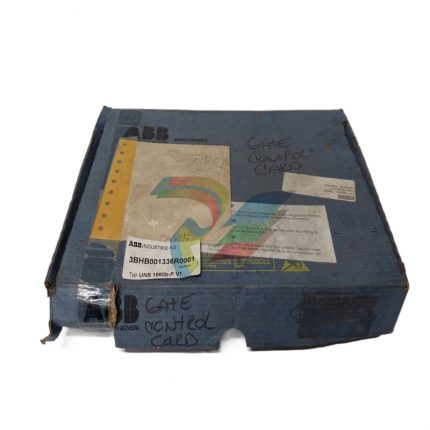
ABB XUD194 3BHE018137R0001 AC800PEC High Performance Controller
$8,733.00 Original price was: $8,733.00.$8,732.00Current price is: $8,732.00.个
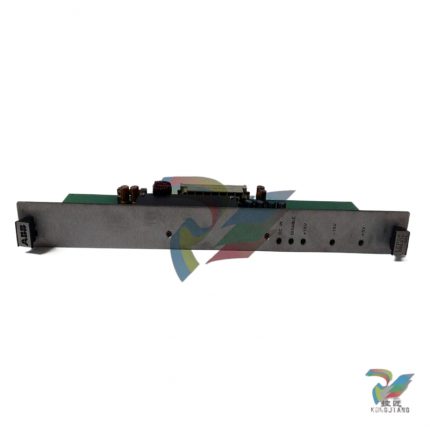
ABB A30-30-10RT three pole AC contactor
$37,273.00 Original price was: $37,273.00.$33,737.00Current price is: $33,737.00.个
ABB T3N225 Circuit Breaker
$27,447.00 Original price was: $27,447.00.$25,378.00Current price is: $25,378.00.个
The core value of molded case circuit breakers lies in their role as “circuit safety guardians” – when there are abnormal situations such as overload, short circuit, or grounding faults in the distribution circuit, they can automatically disconnect the circuit in a very short time, cut off the fault current, and avoid equipment damage, fires, and other safety accidents; At the same time, under normal operating conditions, it can be used as a manually operated power switch to achieve on/off control and isolation of the circuit. As a circuit breaker with rated current coverage in the medium to high power range, T3N225 is positioned as the “main and branch protection core of low-voltage distribution systems”, suitable for AC distribution circuits with rated current of 225A and below, and can flexibly match the load requirements of different power levels.
Description
ABB T3N225 Circuit Breaker
Product core positioning and application scenarios
The core value of molded case circuit breakers lies in their role as “circuit safety guardians” – when there are abnormal situations such as overload, short circuit, or grounding faults in the distribution circuit, they can automatically disconnect the circuit in a very short time, cut off the fault current, and avoid equipment damage, fires, and other safety accidents; At the same time, under normal operating conditions, it can be used as a manually operated power switch to achieve on/off control and isolation of the circuit. As a circuit breaker with rated current coverage in the medium to high power range, T3N225 is positioned as the “main and branch protection core of low-voltage distribution systems”, suitable for AC distribution circuits with rated current of 225A and below, and can flexibly match the load requirements of different power levels.
Typical application scenario classification:
-Industrial power distribution protection: As the main protective circuit breaker for the power distribution main line in the factory workshop, or the control and protection switch for large motors (such as fans, water pumps, compressors), combined with contactors to achieve an integrated solution of “start control+fault protection”, such as power circuit protection for automotive production lines and auxiliary equipment distribution protection for metallurgical workshops.
-Commercial and civil building power distribution: In low-voltage distribution rooms of shopping malls, office buildings, hotels and other buildings, it serves as a protective switch for floor power distribution main lines or important loads (such as central air conditioning units and elevator systems), ensuring the safety and stability of the building power distribution system and avoiding the impact of circuit failures on normal operation.
-Data center and new energy field: used for power distribution circuit protection of data center server cabinets, or output circuit protection of photovoltaic inverters and energy storage battery packs. With high-precision protection characteristics, it prevents the expansion of faults and affects the operation of core equipment, ensuring the continuity of energy supply.
-Backup power system protection: As a protective and isolation component in the output distribution circuit of diesel generators and UPS (uninterruptible power supply), it ensures the safety of the circuit during backup power switching and avoids faults caused by parallel connection of main and backup power sources.
Core functions and technological advantages
1. Precise and diverse protection functions
The T3N225 circuit breaker has a complete protection function system, including overload long delay protection, short-circuit short delay protection, short-circuit instantaneous protection, and some models can be extended with ground fault protection (residual current protection). It adopts electronic release (or thermal magnetic release), which can automatically adjust the breaking time according to the magnitude of the fault current: slow breaking during overload to avoid misoperation; Quickly disconnect during a short circuit to minimize the impact of the fault. The parameters of the release can be flexibly adjusted according to the actual load characteristics, adapting to the protection requirements of different types of loads, with a protection accuracy of ± 5%, far higher than traditional circuit breakers.
2. Excellent high scoring ability
Adopting ABB’s patented double break contact and labyrinth arc extinguishing chamber structure, when a short circuit occurs in the circuit, the contact quickly breaks and generates an arc. The arc extinguishing chamber divides and cools the arc through multiple grids, allowing the arc to quickly extinguish within 10ms. The breaking capacity can reach 100kA (specific value needs to refer to the rated voltage specification), far higher than the short-circuit current level of conventional distribution circuits. This high breaking capacity ensures that the circuit breaker can reliably break the circuit even in extreme faults, avoiding phase to phase short circuits or equipment burnout caused by arc leakage, and enhancing the safety redundancy of the distribution system.
3. Reliable mechanical and electrical performance
The contact is made of silver tungsten alloy material, which has excellent wear resistance and arc erosion resistance. The contact resistance is small (≤ 50 μ Ω), and the conductivity efficiency is high, which can effectively reduce the heating of the contact. The mechanical life of the circuit breaker is over 20000 times, and the electrical life (under rated load) is over 10000 times, meeting the needs of frequent operation scenarios. At the same time, its operating mechanism adopts an energy storage design, with fast and stable opening and closing actions, unaffected by manual operation force, ensuring the reliability of each operation.
4. Modular and intelligent expansion
Adopting a modular design, it supports multiple accessory extensions such as auxiliary contacts, alarm contacts, shunt release, undervoltage release, etc. It can achieve remote opening and closing, fault alarm, voltage loss protection and other functions according to control requirements. Some intelligent models are equipped with communication modules that support communication protocols such as Modbus and Profinet. They can be connected to intelligent distribution monitoring systems to achieve real-time monitoring of circuit breaker operation status (such as current, voltage, fault type), remote parameter settings, and fault record queries, providing support for intelligent operation and maintenance of distribution systems.
5. Convenient installation and operation
Supports two installation methods: DIN rail installation and bolt fixed installation, suitable for different installation scenarios of distribution boxes. The installation space is compact, which can effectively save the capacity of the distribution cabinet. The front of the circuit breaker is equipped with clear operating handles and status indicators (opening/closing/tripping). The handles are designed with humanization, making operation effortless and providing a clear tactile sensation; After detachment, it can be reset directly through the handle without the need for additional tools, simplifying operation and maintenance.
Key technical parameters
Basic Information
Model
T3N225 molded case circuit breaker (rated ultimate breaking capacity level optional)
Rated electrical parameters
Rated working voltage (Ue)
AC 400V/690V (three-phase), AC 230V (single-phase)
Rated current (In)
Setting range: 100A-225A (adjustable through release)
Breaking ability (Icu/Ics)
At AC 400V, Icu=50kA-100kA, Ics=50% -100% of Icu (classified by model)
Protection features
overload protection
Long delay, set current 1.05In-1.3in, adjustable delay time (1s-30s)
short circuit protection
Short delay (5In-10In, delay 0.1s-0.5s)+instantaneous (10In-20In, instantaneous action)
mechanical parameters
Operating lifespan
Mechanical lifespan ≥ 20000 cycles, electrical lifespan ≥ 10000 cycles (under load)
Operation method
Manual operation handle, supporting electric opening and closing (with added excitation/closing coils)
Environment and Structure
working environment
Temperature: -25 ℃~70 ℃, humidity: 0~95% (no condensation), altitude ≤ 2000m
Protection level
IP30 (body), can reach IP40 after installing a protective cover
Installation method
35mm DIN rail installation or bolt fixed installation
Attachment extension
Optional Accessories
Auxiliary contact (2NO+2NC), shunt release, undervoltage release, communication module
Installation and wiring points
1. Installation specifications
Before installation, it is necessary to confirm that the circuit breaker model, rated parameters, and distribution circuit requirements match, especially paying attention to the breaking capacity level that meets the short-circuit current calculation value of the circuit. The installation location should avoid direct sunlight, rainwater erosion, corrosive gases, and strong magnetic field environments. It should maintain a heat dissipation distance of ≥ 20mm from surrounding heating elements (such as contactors and fuses) to ensure good ventilation. When using guide rail installation, the circuit breaker needs to be clamped tightly on the 35mm standard guide rail to ensure a firm and secure installation without looseness; When fixing bolts, the tightening torque should comply with the instructions (the tightening torque for M6 bolts is 8N · m) to avoid damaging the casing due to excessive tightening.
2. Wiring precautions
1. Main circuit wiring: Strictly distinguish between the input terminals (L1, L2, L3) and the output terminals (T1, T2, T3), and do not reverse them, otherwise it will affect the protection function. Select the matching wire according to the rated current (50mm ² copper core wire is recommended for 225A rated current), and the wire stripping length should meet the terminal requirements (about 10mm), ensuring that the wire is fully inserted into the terminal and tightened to avoid poor contact and heat generation.
2. Attachment wiring: The power supply voltage of the shunt release and undervoltage release should be consistent with the rated voltage of the coil. When wiring, a dedicated fuse (1A-2A) for the control circuit should be connected to prevent accessory faults from causing a short circuit in the control circuit. The auxiliary contact wiring needs to be connected to the signal circuit according to the control logic, and the wire cross-sectional area can be selected as 1.5mm ² copper core wire.
3. Grounding protection: If the circuit breaker housing is equipped with a grounding terminal, it must be reliably grounded (grounding resistance ≤ 4 Ω), especially in humid or dusty environments, to prevent the housing from being charged and causing safety accidents.
4. Parameter setting: After installation, the parameters of the release should be adjusted according to the load characteristics (such as overload long delay current, short circuit short delay current, and delay time) to ensure that the protection function accurately matches the load requirements, avoiding false protection or insufficient protection.
Common faults and troubleshooting methods
Fault phenomenon
Possible reasons
Troubleshooting method
The circuit breaker cannot be closed
Release not reset, circuit malfunction, operating mechanism jamming, accessory malfunction
Turn the operating handle to the “open” position before attempting to close (reset the release); Use a multimeter to check for short circuits or grounding faults in the circuit; Open the circuit breaker and check if the operating mechanism is obstructed by foreign objects; Disconnect the accessory power supply, test the circuit breaker closing function separately, and eliminate accessory faults.
Frequent tripping of circuit breakers (overload protection)
Load current exceeds the rated value, overload protection parameters are set too low, and the release device is faulty
Measure the load current with a clamp ammeter to confirm if there is overload (such as motor stalling or excessive load); Check the overload setting current of the release device to ensure it matches the rated current of the load (usually 1.1-1.2 times the load current); If the parameters are normal but still frequently trip, the release needs to be replaced.
Immediately trip the circuit breaker after closing (short-circuit protection)
Main circuit short circuit, wiring error (such as phase line and neutral line short circuit), instantaneous protection parameter setting too small
Disconnect the load and close the circuit breaker separately. If it still trips, it is a fault of the circuit breaker itself; If the closing is normal, check the load side lines and equipment one by one to find the short circuit point; Check the instantaneous protection setting current to ensure compliance with the short-circuit current requirements of the circuit.
The circuit breaker is overheating severely
Loose wiring, oxidation or erosion of contacts, long-term load approaching rated current, poor heat dissipation
Use an infrared thermometer to measure the temperature of the wiring terminals and tighten loose connections; After power failure, check the surface of the contact and use sandpaper to polish the oxidized or slightly eroded contact; Measure the load current, and if it approaches the rated value for a long time, consider expanding the capacity; Clean up debris around the circuit breaker to ensure good ventilation and heat dissipation.
Remote control cannot open or close the switch
Fault in excitation/closing coil, open circuit in control circuit, abnormal power supply voltage
Measure whether the coil power supply voltage is normal; Check if the control circuit fuses, wires, and contacts are connected; Measure the resistance of the coil. If the resistance is infinite, the coil will burn out and needs to be replaced.
Maintenance and upkeep suggestions
To ensure the long-term reliable operation of the circuit breaker, it is recommended to develop a maintenance plan based on the usage environment and frequency (once every 3 months in industrial scenarios and once every 6 months in civilian scenarios). Before maintenance, the upper power supply of the circuit breaker should be cut off to ensure safety:
-Appearance and Cleaning: Use a dry brush or compressed air to remove dust and debris from the surface and terminals of the circuit breaker, check for cracks and deformations in the casing, and ensure clear labeling.
-Contact and wiring inspection: Check whether the wiring terminals are loose, discolored due to heating, and whether there are burn or oxidation marks on the surface of the contacts. If the contact wear exceeds 1mm or the burn is severe, the contact assembly needs to be replaced.
-Inspection of operating mechanism: Manually open and close the switch several times, feel whether the operation is smooth, whether there is any jamming or abnormal noise, check whether the connection between the handle and the mechanism is firm, and whether the reset spring is deformed.
-Inspection of Release and Accessories: Test the protection function of the release (which can be achieved by simulating overload or short circuit signals) to ensure reliable tripping; Check if the wiring of auxiliary contacts, shunt release devices, and other accessories is secure and functioning properly.
-Intelligent function check: For intelligent circuit breakers, the monitoring system checks whether the operating parameters are normal, whether the communication is stable, and whether the fault records can be queried normally.
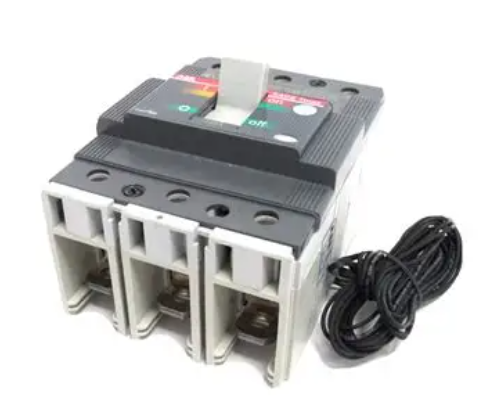
Additional information
| Weight | 4.73 lbs |
|---|---|
| Dimensions | 885 × 843 × 637 in |
Reviews (0)
Be the first to review “ABB T3N225 Circuit Breaker” Cancel reply
Shipping and Delivery


MAECENAS IACULIS
Vestibulum curae torquent diam diam commodo parturient penatibus nunc dui adipiscing convallis bulum parturient suspendisse parturient a.Parturient in parturient scelerisque nibh lectus quam a natoque adipiscing a vestibulum hendrerit et pharetra fames nunc natoque dui.
ADIPISCING CONVALLIS BULUM
- Vestibulum penatibus nunc dui adipiscing convallis bulum parturient suspendisse.
- Abitur parturient praesent lectus quam a natoque adipiscing a vestibulum hendre.
- Diam parturient dictumst parturient scelerisque nibh lectus.
Scelerisque adipiscing bibendum sem vestibulum et in a a a purus lectus faucibus lobortis tincidunt purus lectus nisl class eros.Condimentum a et ullamcorper dictumst mus et tristique elementum nam inceptos hac parturient scelerisque vestibulum amet elit ut volutpat.



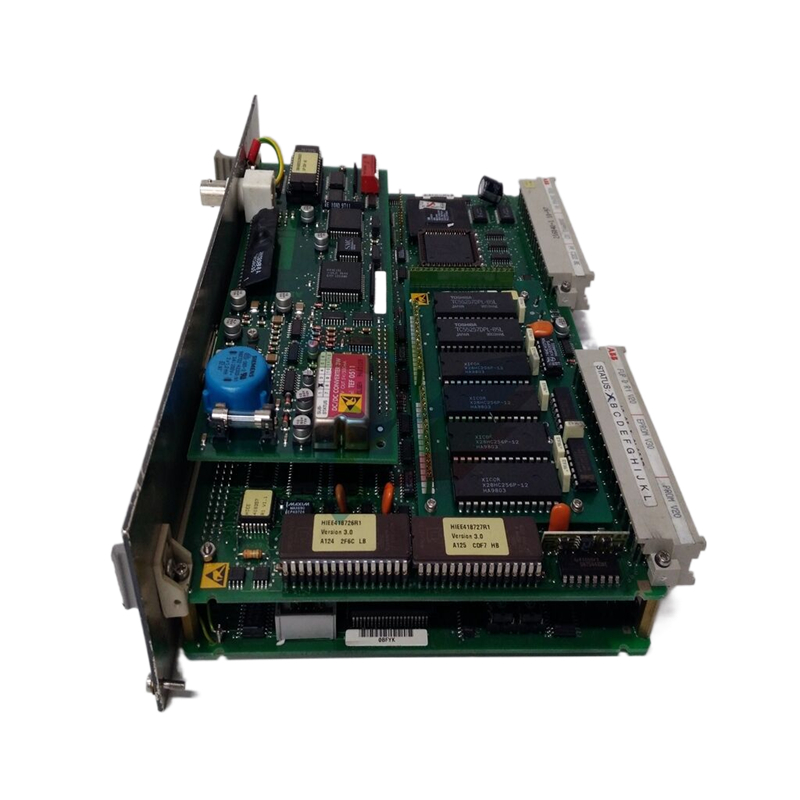
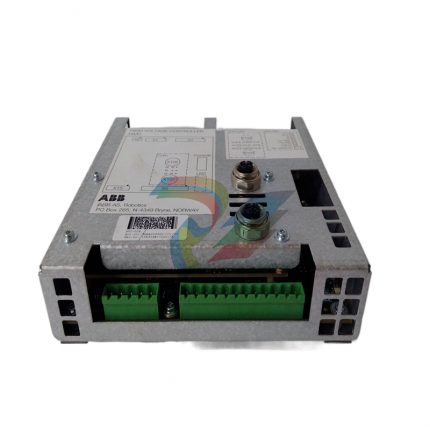





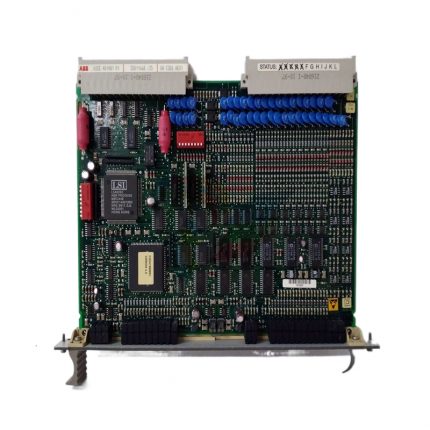

Reviews
There are no reviews yet.